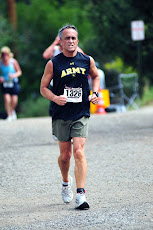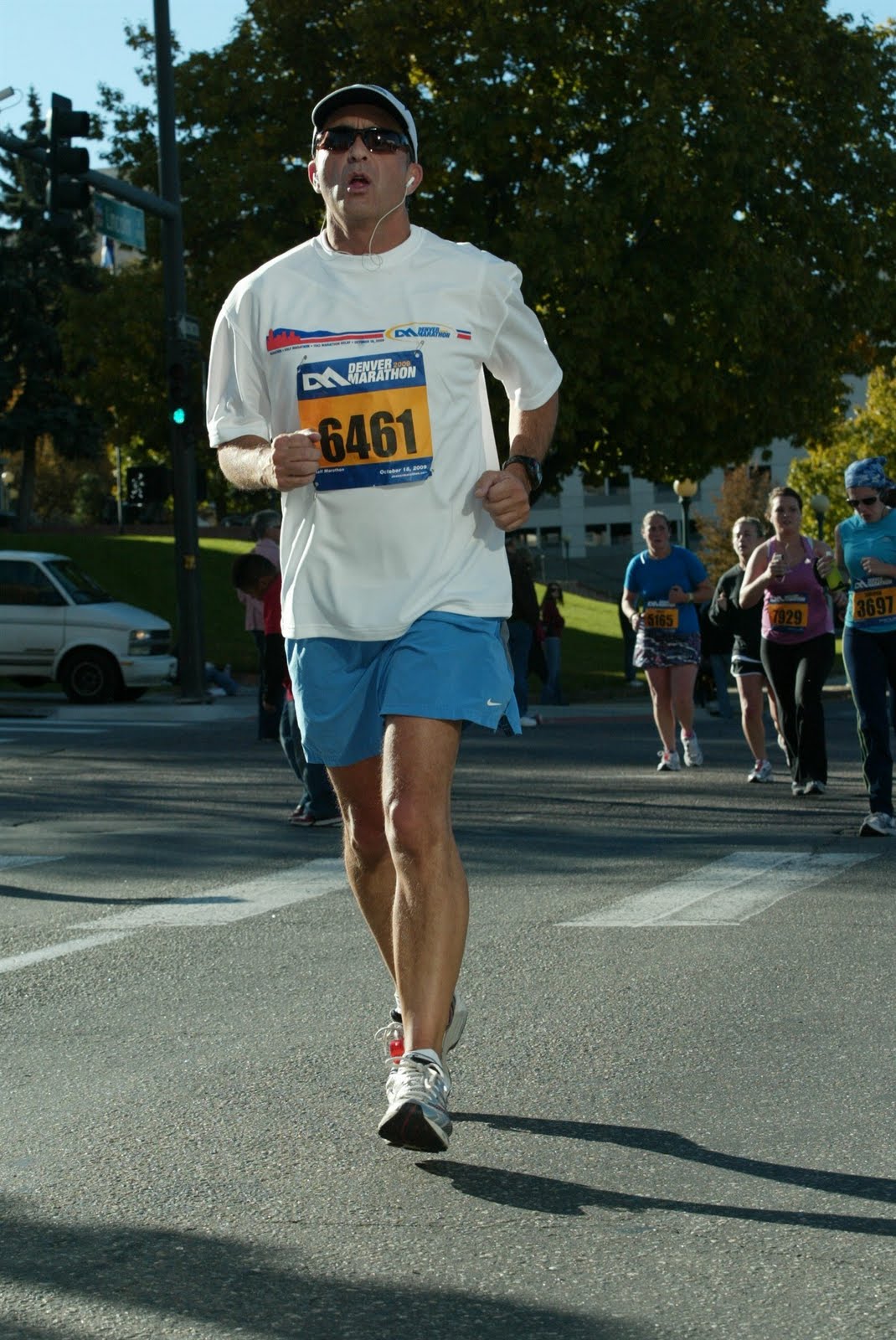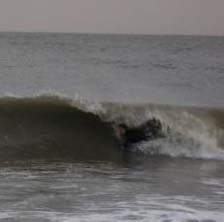Race Number 21 (or Mikie learns something from Bill Nye, the Science Guy)
I came upon this very informative lecture by Bill Nye, the Science Guy, that may help my "loyal" audience understand what I go through when I run at altitude. This race pushed me to the extreme, even though it was predominately downhill. I have a whooping high altitude headache to prove it and very sore quads and knees. I have added a few comments to Mr. Nye’s lecture (in red "pen", an educator's favorite tool) to help this classroom experience become more “relevant” for all of you!
The lecture is as follows:
“One of the major kinds of environmental stresses at high altitude, for humans, is the fact that the air pressure is lower. This is a significant limiting factor as you try to perform normal tasks (and how about running any distance at full tilt, e.g. 13.1 miles!).
The percentage of oxygen in the air at two miles (where the race started) is the same as at sea level (i.e. 21%). However, the air pressure is 30% lower at the higher altitude due to the fact that the atmosphere is less dense--(that is, the air molecules are farther apart.......for those of you who ARE NOT smarter than a fifth grader).
When we breathe in air at sea level, the atmospheric pressure is about 14.7 pounds per square inch. This causes oxygen to easily pass through selectively permeable lung membranes into the blood. At high altitudes, (where Mikie likes to punish himself) the lower air pressure makes it more difficult for oxygen to enter our vascular systems. The result is hypoxia, or oxygen deprivation (kind of like running with a piece of cellophane over your face). Hypoxia usually begins with the inability to do normal physical activities, such as climbing a short flight of stairs without fatigue (Stairs! Give me a break-I just ran 13.1 miles, Bill, .....when was the last time you exercised that puny body of yours?). Other early symptoms include a lack of appetite (not in my case, the beer and hot dog, at the end of the race, went down with ease), distorted vision (Ha! I got that in California watching girls on the beach when I was a teenager), and difficulty with memorizing and thinking clearly (uh….. try ‘most of my adult life’). In serious cases, pneumonia-like symptoms (i.e. pulmonary edema) and an abnormal accumulation of fluid around the brain (i.e. cerebral edema) develop (alright, no comments here from ANY of my readers), leading to death within a few days if there is not a return to normal air pressure levels (it has only been one day since the race so the ‘announcement’ of my demise will be out in a few more days). There is also an increased risk of heart failure due to the added stress placed on the lungs, heart, and arteries at high altitudes (DUH! – you don’t need an advanced science degree or a popular science show to figure that one out).” End of lecture.
I have, in the past, shared with some of you that I really enjoy going to a race at sea level because “I get to suck in 20% more oxygen and I run much, much better” (that fact is supported by my times which are often ten minutes faster than when I run at altitude). Well, I mis-spoke! It is not an oxygen issue; it is an air pressure issue. Excuuuuuuuuuuse me!
Time: 2:23:08. Pretty slow. This was a much harder race than what you might expect (going from 10,600 feet to 8,400 feet). Two plus hours of pounding on the knees and quads as you go down hill on an average 3% grade is really quite vicious and add to that the hypoxia issue, wow, this race hurt. PLUS, a 20 knot wind in the face negated the decline advantage. Yet, a fun one!!!
Prayer List: The maintenance crew at JA. Lots of hard work occurs during the summer to ready the buildings and outside areas for the new school year. These guys (and one gal) are amazing!
Next race: I cannot seem to find a half marathon in California during the weeks I plan on being there for my annual surfing safari. You may not hear from me for a while…….. maybe never again……especially if Mr. Nye is on target!
Subscribe to:
Post Comments (Atom)

































4 comments:
Actually, it's a bit more complicated than just pressure... Remember the ideal gas law? PV=nRT? So a change in temperature might compensate for the volume of air you can breathe in. Well, then there's that pesky n...
http://en.wikipedia.org/wiki/Ideal_gas_law
Anyway, GO MIKEY!!!!
Thom, I thought the "Ideal Gas Law" was related to the amount of breast milk and cereal consumed over a 12 hour period resulting in "ideal" conditions for releasing of fumes that kill anything within 3.5 yards.
Alexis Lily Munier (granddaughter to Mikie)
MIKE,
YOU WILL NEVER ESCAPE THE NEEDLE OF NURSE RATCHED!!!
very interesting, thanks
Post a Comment